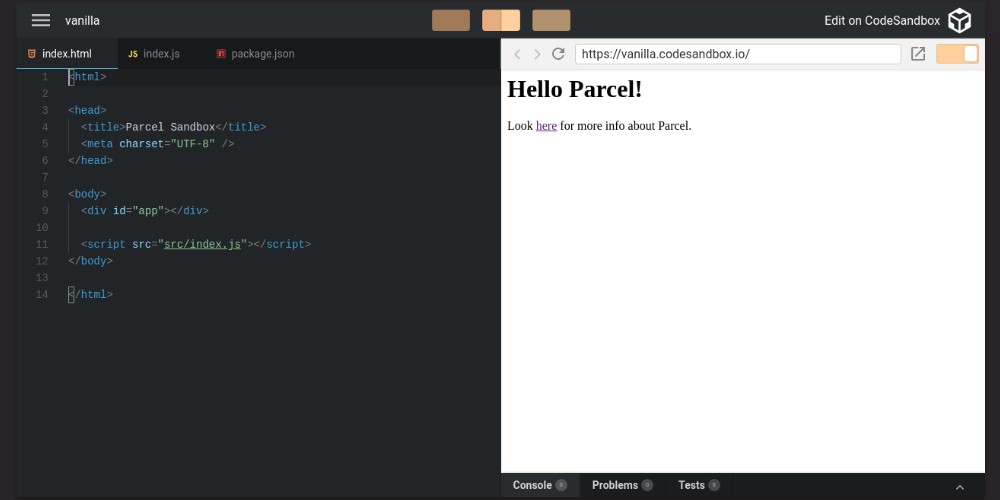

The documentation tell us to use this useReducer hook when we handle complex state logic, and here where many people don't consider using that for a simple controlled form, but reducer is nothing more that a function that receives a state and returns a new one, and our input changes are exactly that, a function that receives actual state and returns a new one when user type some key on his keyboard. useReducer also lets you optimize performance for components that trigger deep updates because you can pass dispatch down instead of callbacks.


UseReducer is usually preferable to useState when you have complex state logic that involves multiple sub-values or when the next state depends on the previous one.

(If you’re familiar with Redux, you already know how this works.) Accepts a reducer of type (state, action) => newState, and returns the current state paired with a dispatch method. So let's talk a little bit about the useReducer hook using the definition on official documentation.Īn alternative to useState. First, create a React app using create-react-app: npx create-react-app react-table-demo. Here is the React table example we’ll be working with.
#Codebox react how to
If you plan to use the Next.js React framework, you’ll need special configuration.Example of multiple controlled inputs with useState hookĪnd that's does not looks so pretty anymore, and here is where i see many programmers having a lot of doubts of better way of solve this problem, and the most part of that is because they not know all hooks and all possibilities that they can have with it. To demonstrate how to use react-table to create a React table component, we’ll build a simple table UI with basic functionalities such as sorting and searching. Please check out the following example projects that demonstrate usage with third-party state-management libraries: For example, if you need access to event data when a FullCalendar component isn’t visible. It’s possible to share this data with other parts of the application, but it’s often useful to have a more sophisticated setup. The above mentioned sample project uses a rather simple technique to store event data: it uses the FullCalendar component itself. Import React from 'react' import State Management You’ll need the React adapter any additional plugins you plan to use:
#Codebox react install
The first step is to install the FullCalendar-related dependencies. Please consult the aforementioned example/runnable projects for that. This guide does not go into depth about initializing a React project.
#Codebox react code
Example project leveraging Webpack, Babel, and css-loader (the code in this guide loosely follows it).Browse the Github repo (please star it!).This package is released under an MIT license, the same license the standard version of FullCalendar uses. You can learn a bit more from this blog post (more info to come). It tells the core FullCalendar package to begin rendering with React virtual DOM nodes as opposed to the Preact nodes it normally uses, transforming FullCalendar into a “real” React component. It provides a component that exactly matches the functionality of FullCalendar’s standard API. FullCalendar seamlessly integrates with the React JavaScript framework.


 0 kommentar(er)
0 kommentar(er)
